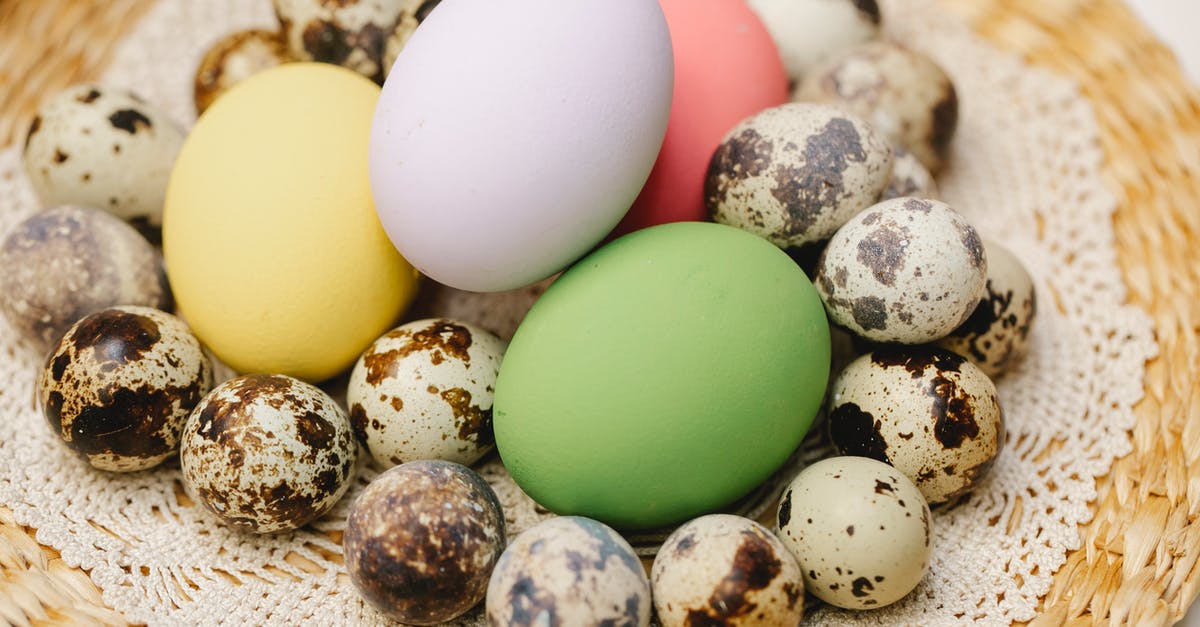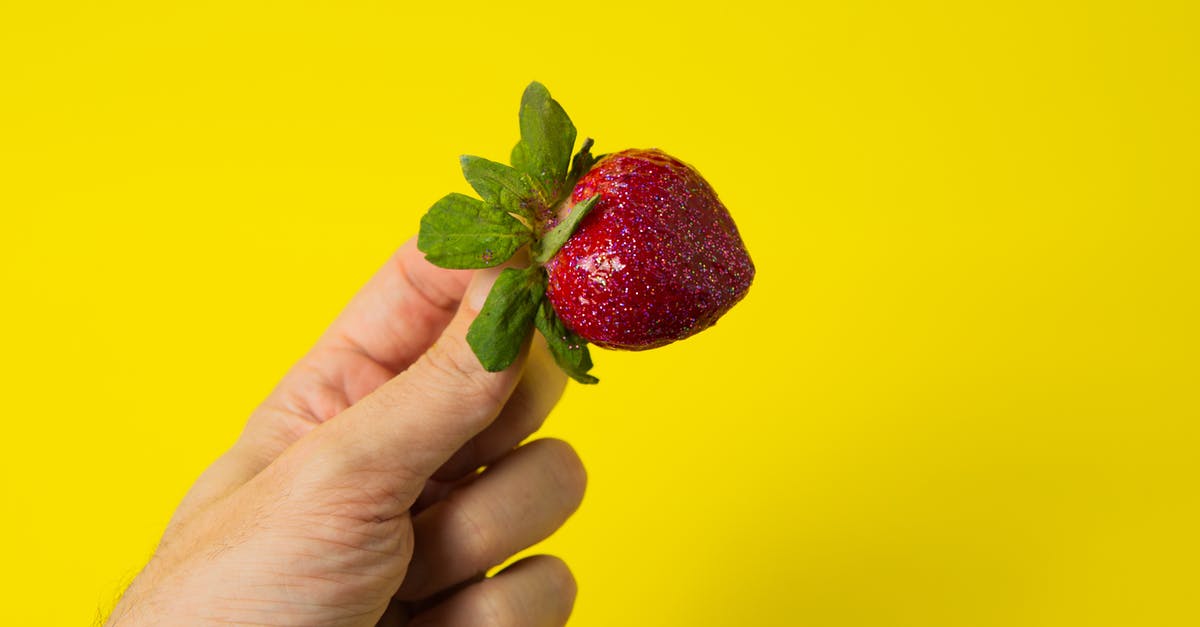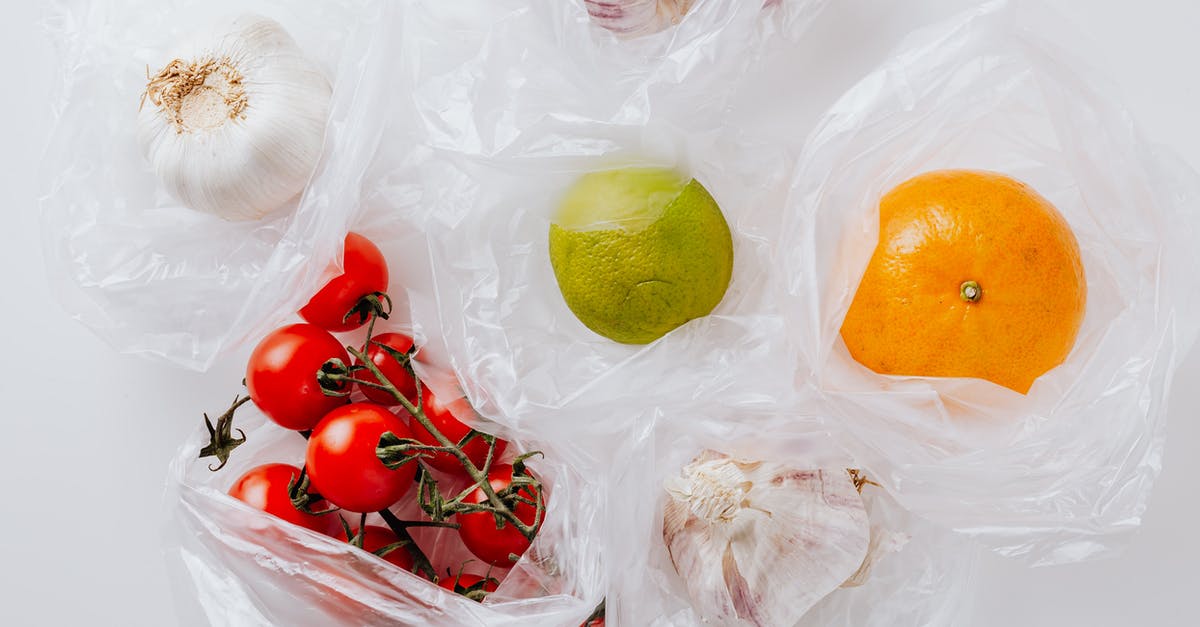How to make vivid color candy with a small quantity of natural food coloring?

I use some natural food coloring for candies. The problem is that they are not very intense and that not many vivid natural food colors are available in the market.
I tried powder, liquid and gel coloring: powder and liquid had very dull colors ( I tried several brands and several colors) while on the contrary gel coloring was the only one that gave vivid colors.
The components of the 3 types for coloring are the following:
- gel: E422 glycerol or glycerin or glucose syrup + water (optional) + color
- liquid: water + color
- powder: just color
What I don’t understand is : how come the color intensity changes so much for gel with just this additional ingredient? Did I miss something?
Best Answer
To the question in the title: you can't. Food coloring works just like any other dye or pigment. It consists of tiny colored particles, and the more particles you have in one place, the more intense the color. If you dilute the particles, the color will be pale, no matter what. If you want a certain shade of color, you need the corresponding quantity of particles, and cannot arbitrarily decrease it.
As for the reason for different color intensities with different food coloring products, there are too many possible reasons, both due to technical limitations and marketing decisions.
- the different product types can use different colorings
- the different product types can use different densities of color particles
- the size and structure of the color particles matters. It is normal that a powder will give you a dull color, if it is insoluble - powders generally have low saturation, and transparent crystalline materials are white when powdered (prime example: sugar).
- I wouldn't be surprised if color particles suspended in gel droplets can be perceived as more vividly colored, since the gel droplets do have their own optical properties. This is just speculation though, I don't know if it is possible to reliably create a structure in which the color is enhanced, and if yes, if it is being used for such a cheap product as food coloring.
- even if it is technically possible to make e.g. a powder with the same coloring result as a gel, the companies might prefer not to, to achieve better market segmentation
So, there are many potential reasons, but the result for you as a baker is the same: the color hue you get is a physical property of the product you pick, and its intensity is a physical property of the amount in which you use it. You cannot magically change that, so you have to determine what gives you the shade you want, and use that.
Pictures about "How to make vivid color candy with a small quantity of natural food coloring?"



How do you make edible colors at home?
Pro Tips for Natural Food ColoringWhat can I use for natural food coloring?
Natural Frosting Coloring Ideas for Every ShadeHow do you Colour icing naturally?
Powdered Natural Food Dyes Work for Chocolate Powdered colourants are the way to go. We got creative and tried spirulina powder, wheat grass powder, matcha green tea, a superfood green powder supplement blend, kelp granules (ground to powder in a flax mill), and seven other teas and dried greens.How to Make Natural Gel Food Colors at Home Organic \u0026 Chemical Free
Sources: Stack Exchange - This article follows the attribution requirements of Stack Exchange and is licensed under CC BY-SA 3.0.
Images: Klaus Nielsen, Ivan Babydov, Karolina Grabowska, Karolina Grabowska
